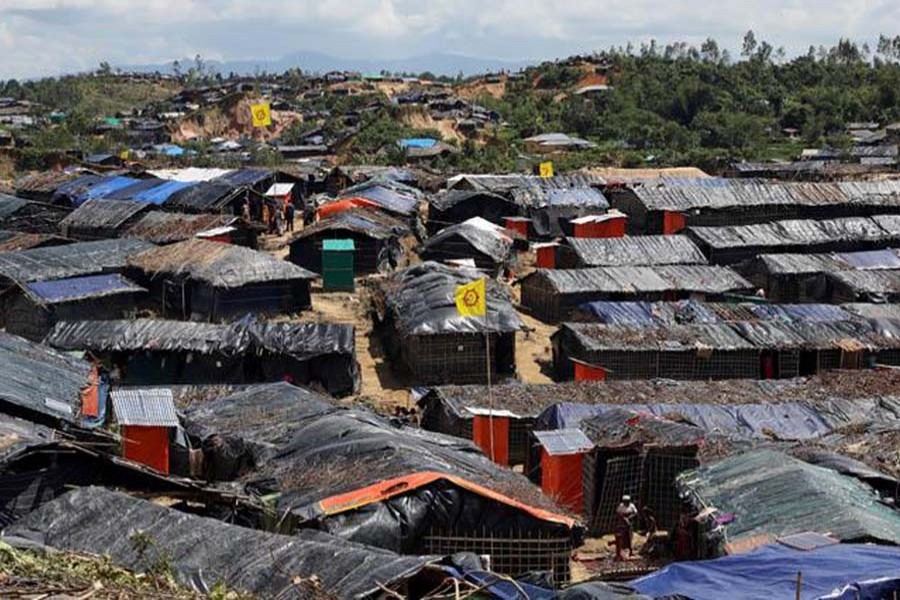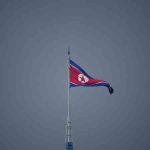Dengue in Rohingya camps: Rising cases cause concern

NEWS DESK
The number of dengue cases in Rohingya refugee camps in Cox’s Bazar is increasing at an alarming rate, and experts fear that the situation could worsen as monsoon rains increase.
Rohingyas say the mosquito influx has increased due to overcrowding and unsanitary conditions in the camps. The camps had already been identified as dengue hotspots.
In this situation, it will be difficult to avoid dengue in the camps.
Meanwhile, the Directorate General of Health Service (DGHS) says the agency and sanitation workers are active in the camp to curb the spread of dengue.
According to the DGHS, dengue outbreaks usually increase in June-July and decrease in October. However, compared to last year, the outbreak of dengue occurred much earlier this year.
According to information from the Cox’s Bazar civil surgeon’s office, 1,540 people have contracted dengue in Rohingya camps this year, and three people have died so far.
Out of the 33 camps in Cox’s Bazar, four camps in Ukhiya have high rates of dengue cases.
As for the reason, the civil surgeon’s office says preliminary studies show that the prevalence of dengue is high in these camps due to old canals and reservoirs.
As many as 171 people were infected with dengue in January, 261 in February, 367 in March, 211 in April, 198 in May and 330 in June in Rohingya camps.
Last year, 15,352 Rohingyas were infected with dengue in the camps.
In this regard, Fahim Ahmed Faisal, medical officer at the civil surgeon’s office, said: “As many as 350,000 mosquito nets have been distributed in the refugee camps so far to combat dengue. Apart from this, various campaigns are being conducted to prevent dengue spread in the camp, including cleanliness.”
On a visit to the camps, this correspondent saw that most of the drains in the Jadimura, Shalbon and Leda Rohingya camps in Teknaf are spreading a foul smell. Rohingya children were seen spending time sitting next to these drains. At the time, three cleaners were cleaning the drains in the Shalbon camp.
Kutupalong Rohingya camp leader Mohammad Hossain said: “The camp is so densely populated that there is no escape from dengue here. Compared to the population, the camps do not have enough toilets. The camps are lagging behind in terms of cleanliness.’
When asked, Mustafa Sadek, coordinator of the wash sector of an organization in the camp in Cox’s Bazar, said: “To prevent dengue, the drains, garbage dumps and standing water points of the camps are being kept clean.”
Md Kalam, a resident of the Shalbon Rohingya camp in Teknaf, said: “As the drains are unclean, mosquitoes have increased in the camp. On the other hand, the number of dengue patients is also increasing. Children are more affected as they spend time playing sports sitting next to the drains.”
Nur Nahar of the same camp said she has six children in her house. Two of them have had a high fever since Monday. Even after first aid, their condition did not improve.
She thinks they may have dengue. Last year two members of her family were infected with dengue.
Fatalities from dengue continue to soar alarmingly in the country, with five more people, including a teenage female college student, dying in a 24-hour span ending at 8am Tuesday. With the latest deaths, the death toll from the mosquito-borne disease in Bangladesh surged to 61 this year.
As of June 30 morning, the death toll stood at 47 this year. This means 14 people died in just five days.
Dengue fever is a mosquito-borne illness that occurs in tropical and subtropical regions of the world. Outbreaks of the disease are usually seasonal, peaking during and after the rainy season.

















